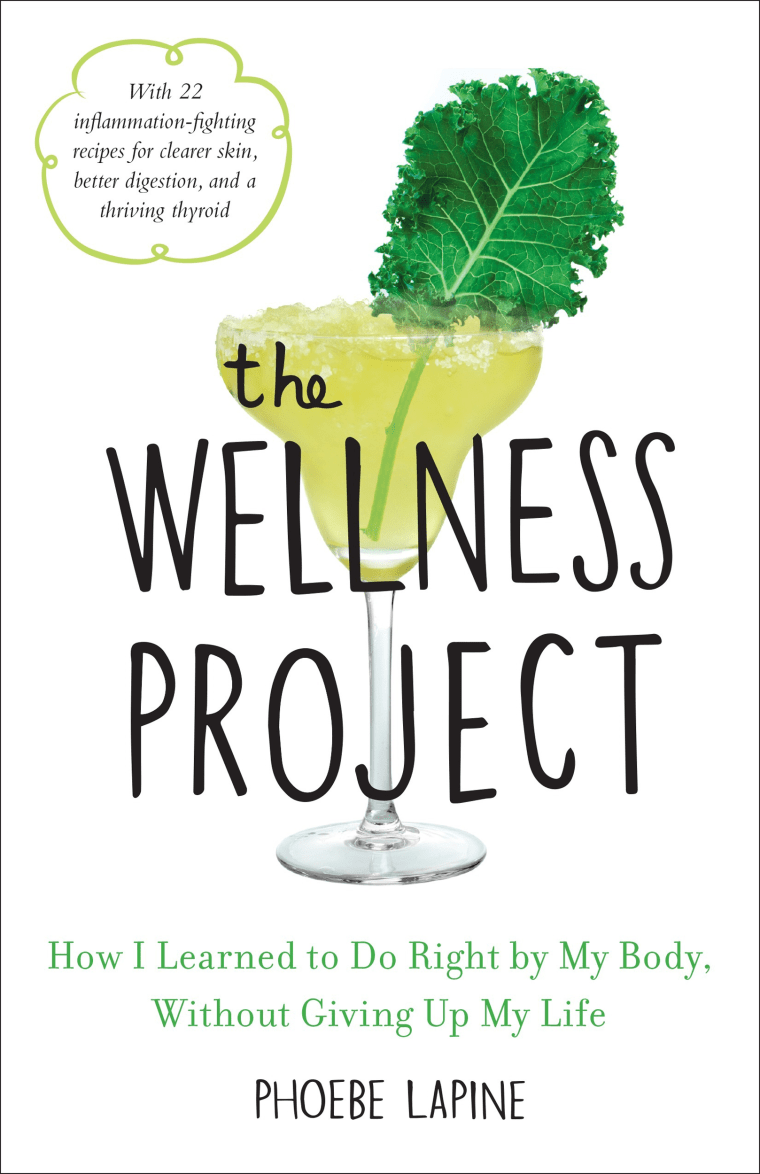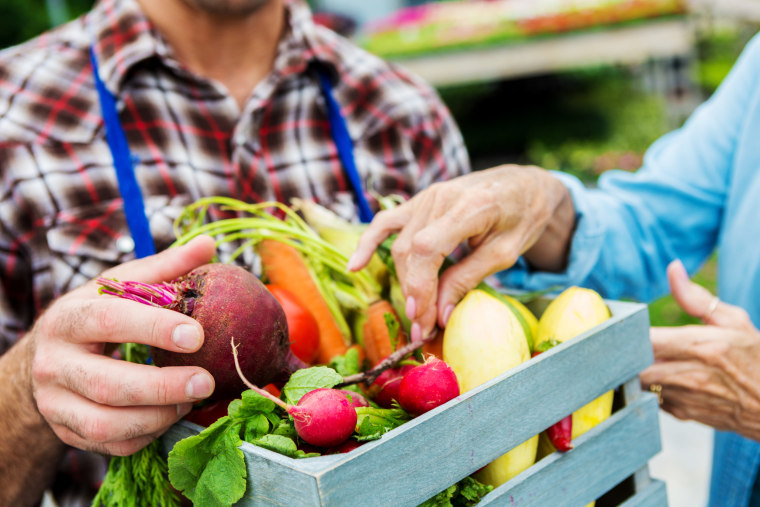
You don’t need to go to culinary school to become your own personal chef — I didn’t! Here are some tricks of the trade, though, that will help you build better cooking habits and be smarter about the time and money you do spend at the stove.
Use your veggie scraps: A little garlic and a quick sauté can save even the saddest bruised salad greens.
- Always make a menu, budget and shopping list. Designing your menu around existing items in your pantry and fridge — just as you would a seasonal ingredient at the farmer’s market— will help save you money and cut down on waste. If you’re cooking everything at once, choose dishes that can be made with a variety of techniques — that is, a mix of roasting, stewing and raw, instead of four dishes that require the stovetop. An ideal breakdown is a couple of one- pot meals (stews or soups), a produce centric bowl of grains or legumes, and one or two easy vegetable sides.
- Use your freezer as an economical extension of your pantry. Can’t make it to the store every week? Stock up on frozen vegetables! Your freezer also allows you to take advantage of fresh seasonal items on sale. If there’s a special on wild sockeye salmon, bring home some fillets and freeze them individually for future use. There are some canned items that I could never swear off (tomatoes, for one), but frozen is generally healthier as you avoid the toxic BPA (bisphenol A) lining that’s in most cans (another known endocrine disruptor). Trader Joe’s and Eden Organics are two great brands that use BPA-free cans.
- Diversify your animal intake. Unfortunately, a cow is not made up of all filet mignon, and the sea is not 70 percent salmon. Ask your butcher or fishmonger to recommend some other (cheaper) options. Since they’re used to going home with the stuff no one else wants, they’re a wealth of cooking knowledge. Better yet: buy the whole animal. Labor always gets added to the price tag. Bone‑in chicken thighs will be cheaper than boneless. And bringing home the whole chicken is by far the cheapest way to go.
- Buy in bulk. Just like the labor in deboning chicken breasts, you end up paying a premium for packaging. Pulling straight from the bulk bins allows you to buy just as much or as little as you need and pay by weight — this is where I source all my whole grains, nuts, seeds, and dried fruit. Store them at home in mason jars or other glass storage containers. Bulk buying also applies to packaged goods. You may not be making puttanesca sauce tonight, but if you see a sale for capers, anchovies, or canned tomatoes, it pays in the long term to stock up when these shelf-stable items are at their cheapest.
- Use your spice rack. This is one of the best places you can put your money in terms of creating flavorful meals out of humble ingredients. Suddenly, one cup of lentils can become five different dishes. Spices also have amazing medicinal powers. You can slowly build your collection up over time, but many will lose their punch and efficacy after a year or two.
- Make “peasant” food. The Romans in particular were incredibly frugal: think stale bread in meatballs, Parmesan rinds in soup. A lot of Asian cuisines use meat as more of a garnish (ahem, pad Thai) instead of as a centerpiece, which is both healthier and cheaper. If you’re making many dishes at once, it helps to stick to one ethnic cuisine for your menu so you can mix and match throughout the week. Once you have all the condiments, making takeout at home becomes that much easier.
- Ignore expiration dates. Americans throw away 165 billion dollars’ worth of food every year. One reason: hysteria around grocery items that have exceeded their expiration dates. Don’t rely solely on these numbers, which are arbitrarily set by the brands themselves, which benefit from you buying more food. Instead, look for signs that something has gone off. If it smells fine and has no visible mold, you’re usually good to go. And if that mold is on cheese, cut around it and nibble away.
- Use your veggie scraps. Recycled veggie stock is a great way to reuse onion skins, herb stems, and the like. Some other ideas for often-tossed parts: asparagus stalk pesto, pickled chard stems, and candied lemon peel. A little garlic and a quick sauté can save even the saddest bruised salad greens.
- Brown bag it. If you’re the type of person who goes out often and feels home cooking gets in the way of your social life, commit to bringing lunch to work. As Mark Bittman acknowledged in his protocol VB6, your daytime meals are when you have the most control and willpower to make good choices. Start by batch cooking just two dishes for the week. Pack them individually and put a note on your door so you remember to take them in the morning.
- Get a farm share. If you’re committed to weekly batch cooking, a CSA (Community Supported Agriculture) is one of the most affordable ways to get large quantities of local produce without having the hassle of going to the farmer’s market. Many will deliver directly to your door. The less often you go to grocery stores with a million impulse options, the less you’re likely to stray from your healthy food choices and budget.
Adapted from THE WELLNESS PROJECT by arrangement with Pam Krauss Books/Avery, a member of Penguin Group (USA) LLC, A Penguin Random House Company. Copyright © 2017, Phoebe Lapine.
